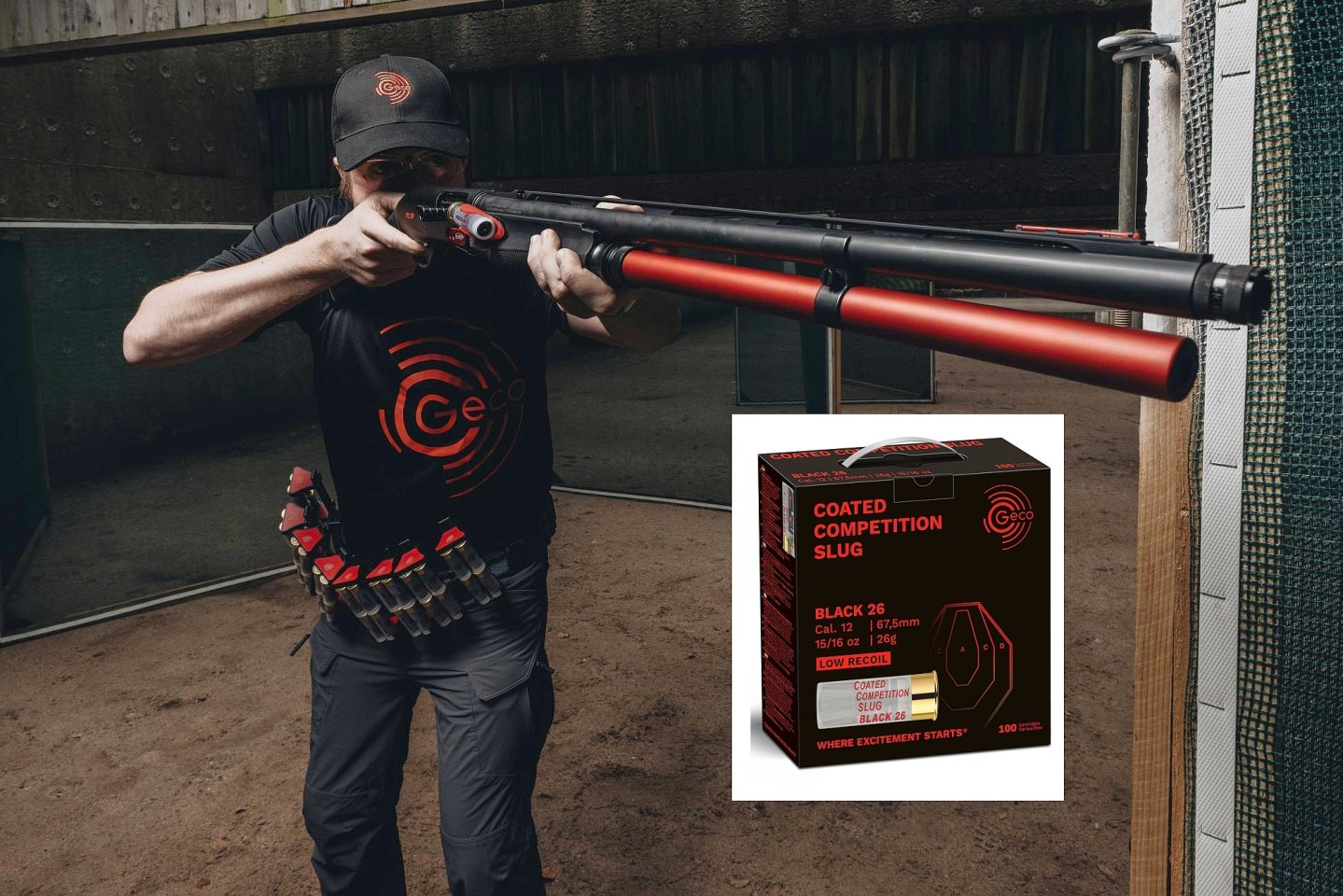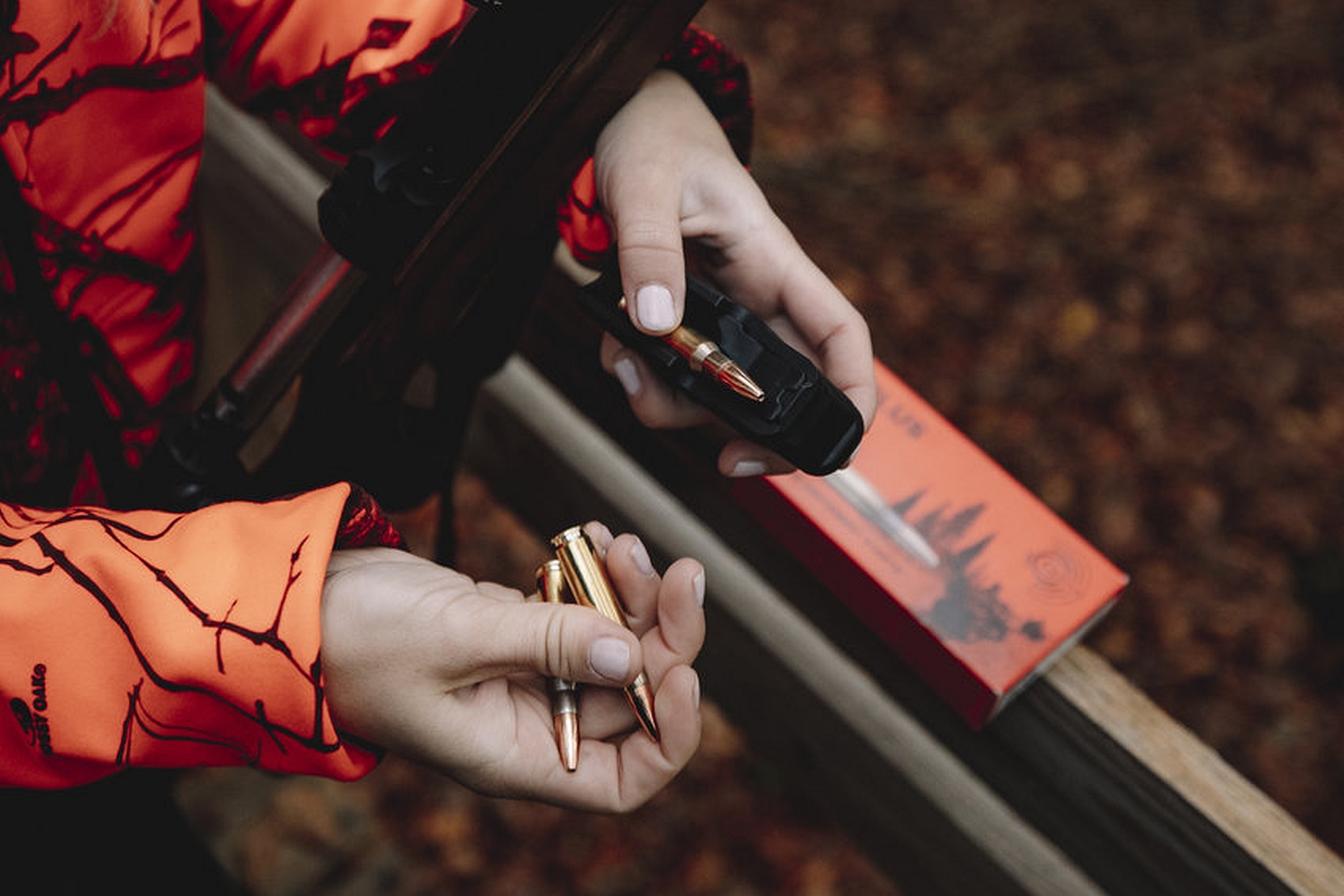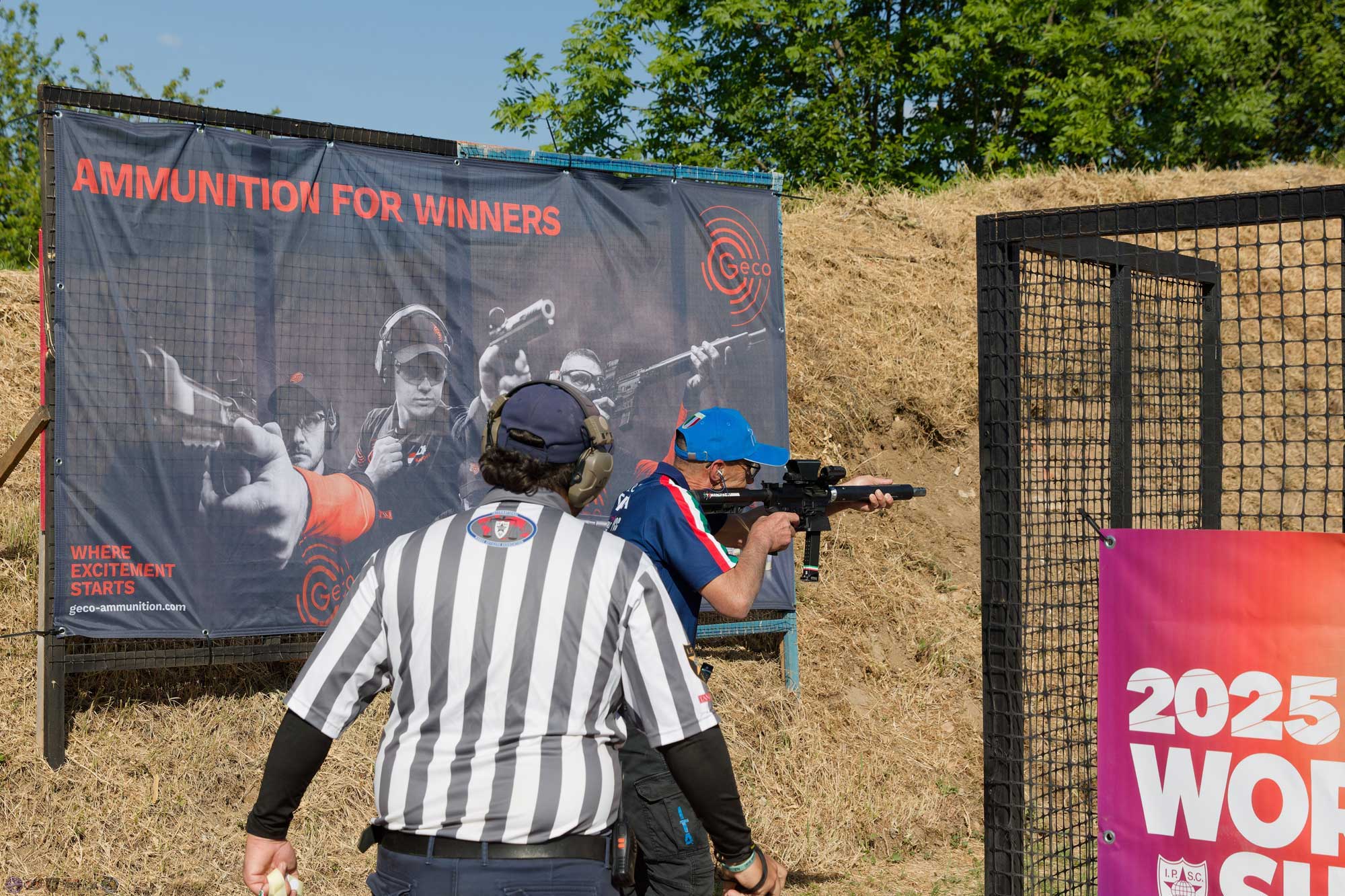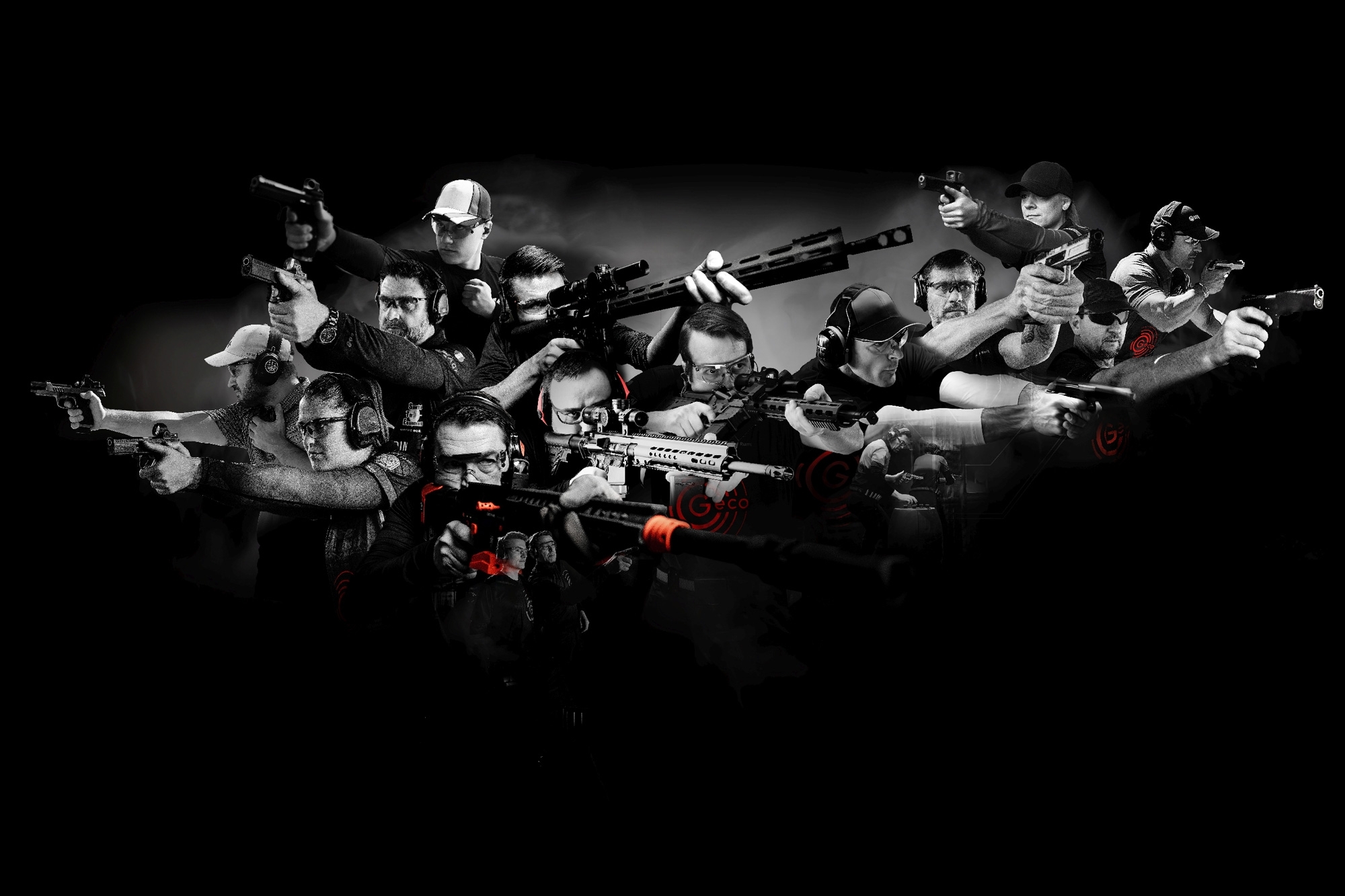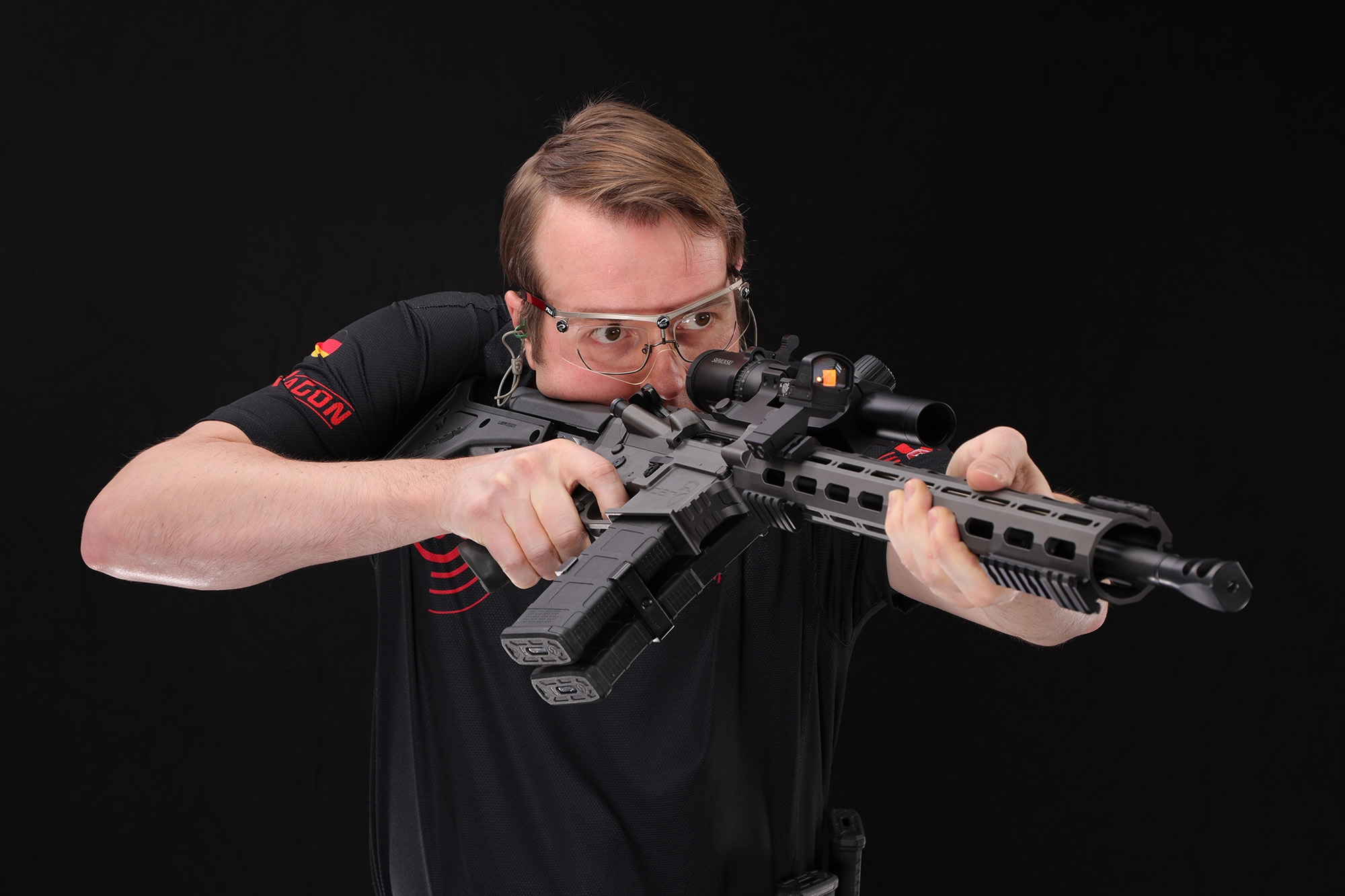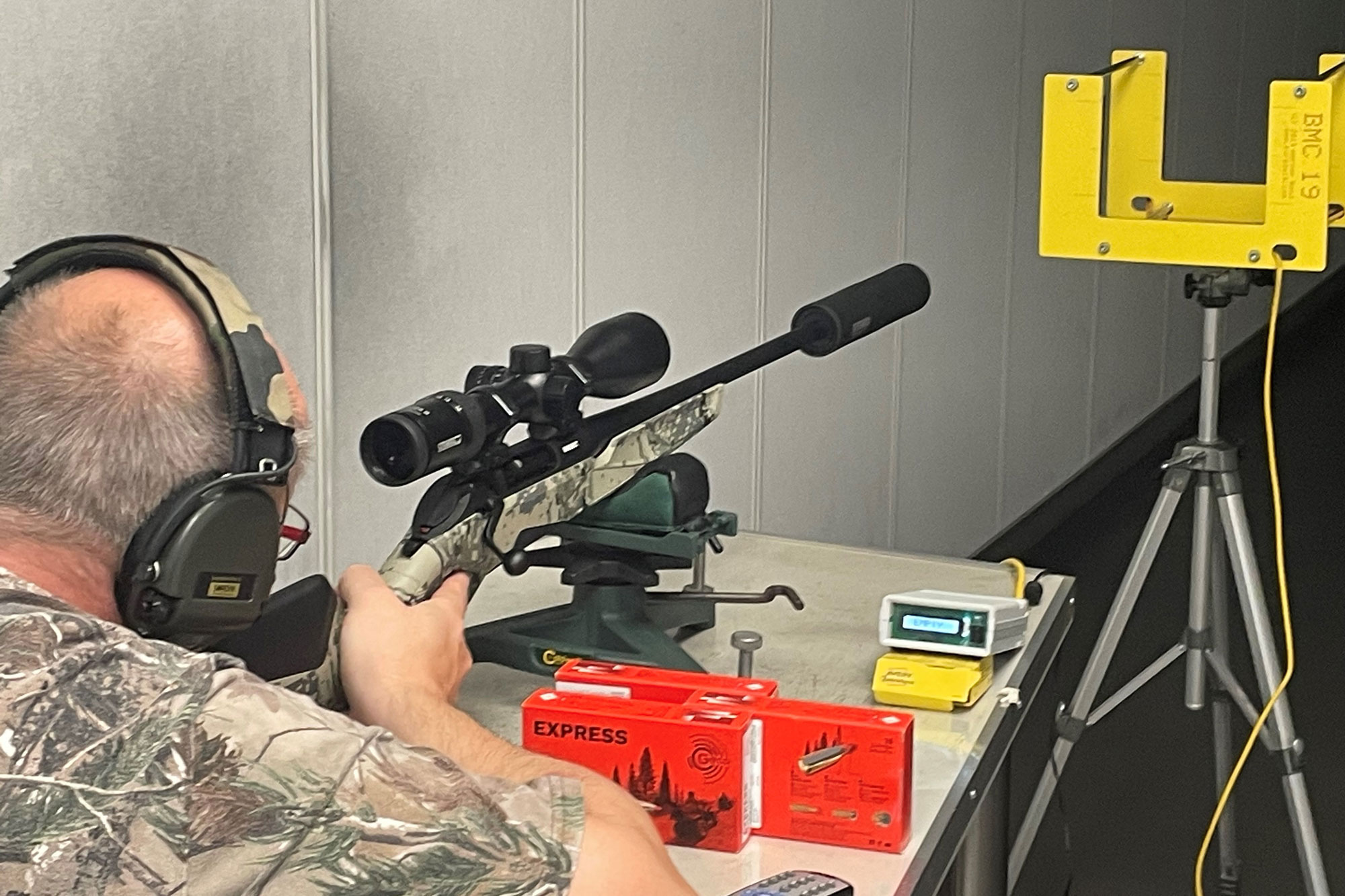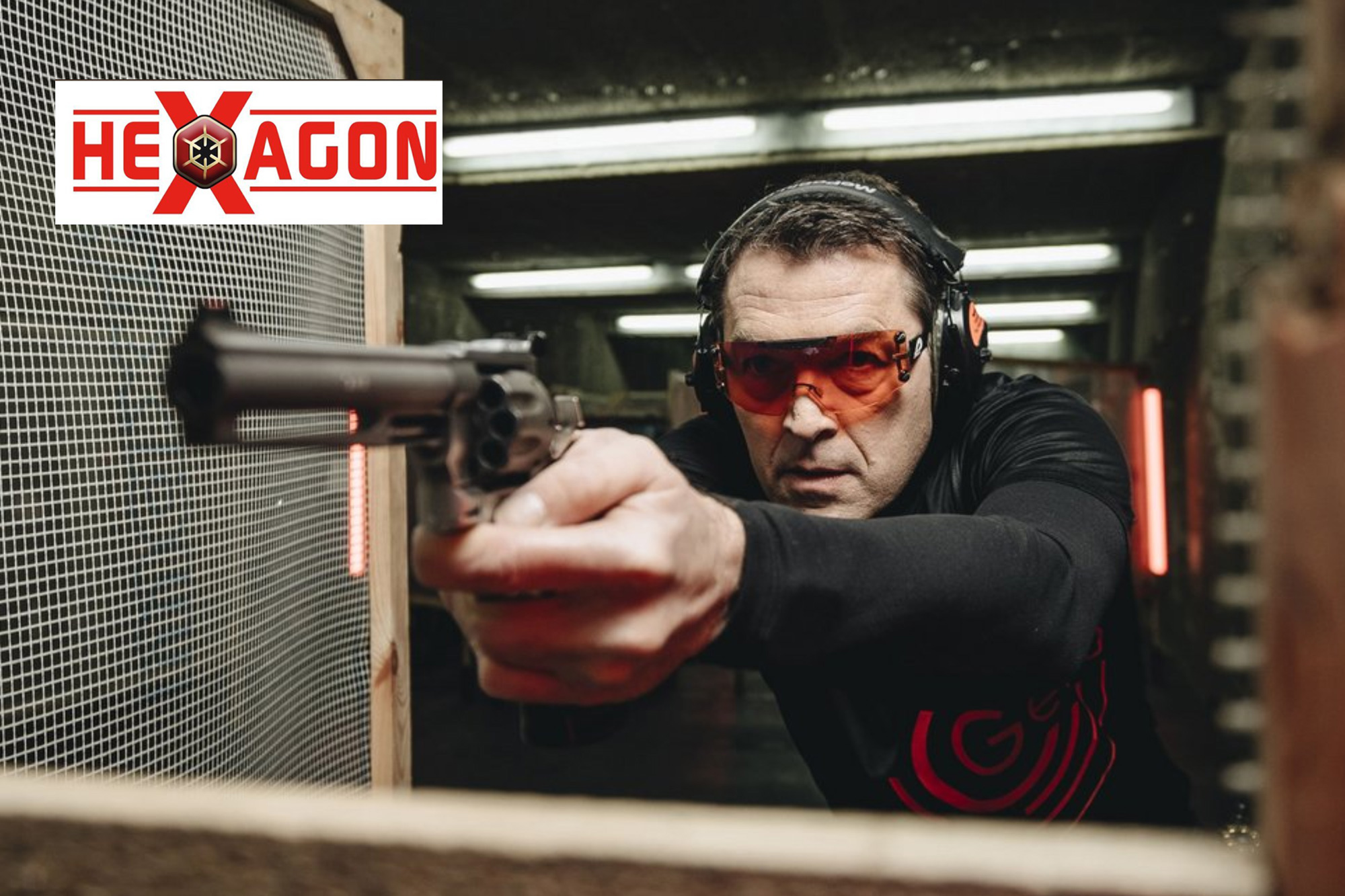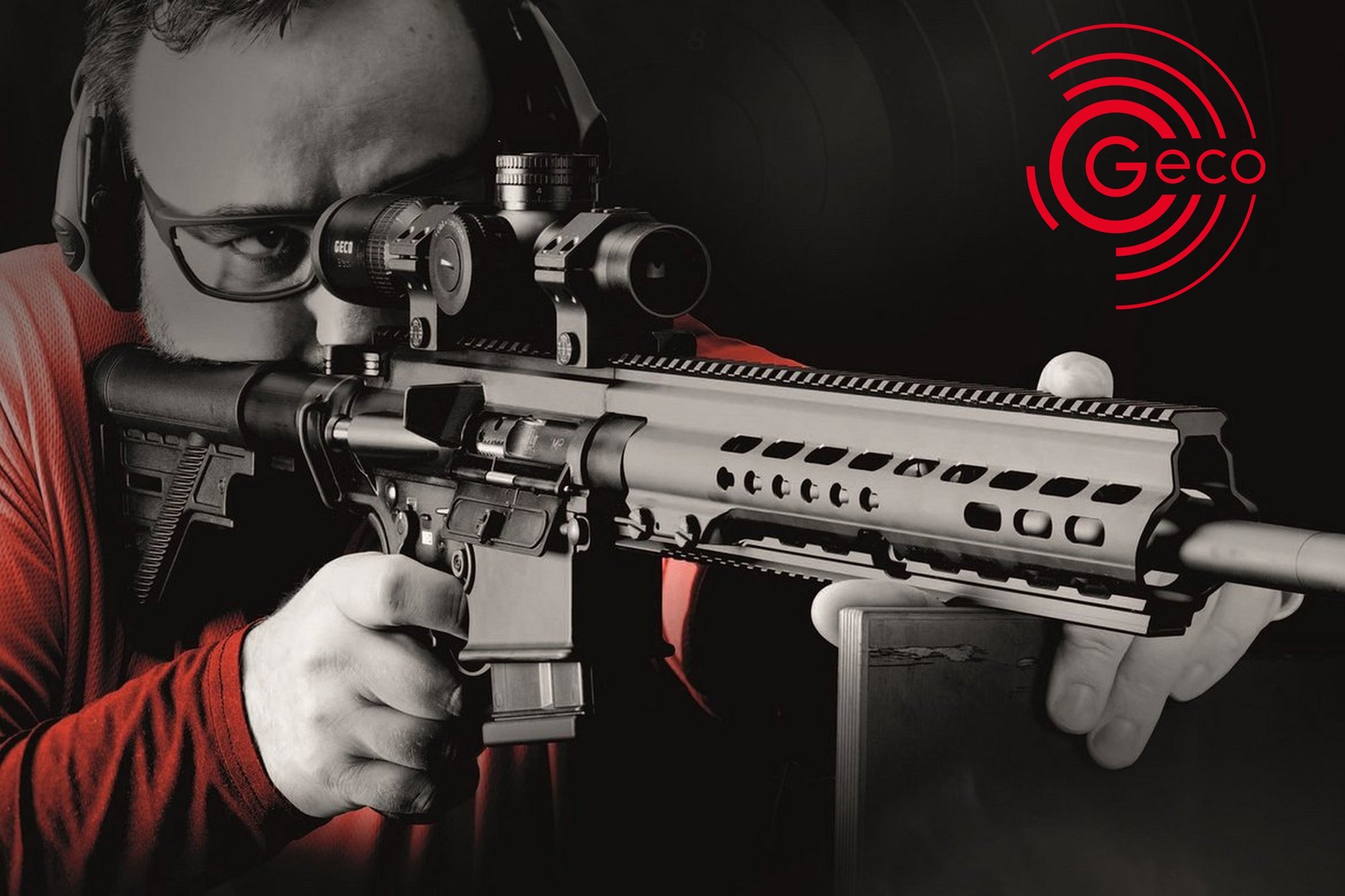Dynamic competition shooting with shotguns is becoming more and more popular – you really have to master your sporting gun in order to get your shotgun shells into the target in quick succession despite the powerful recoil. And we are not talking about simple shotgun shells here, but rather precisely loaded special ammunition that produces repeatable, tight groups in terms of shooting behaviour, muzzle velocity and hit pattern – yes, there really is such a thing with shotgun ammunition. Stefan Rumpler knows this, of course: the 33-year-old native Austrian is a product manager at ammunition manufacturer RWS, but is also one of the world's best and most internationally successful German shotgun shooters (click here for his portrait at all4shooters.com). At the 2023 IPSC Shotgun World Championships in Pattaya, Thailand, for example, he even came fourth in the Open/Overall Division and was only narrowly defeated in the subsequent shoot-off by world champion Scott Greene from the USA by 1:2.
There are four shotgun "divisions" in dynamic IPSC shooting
Let us first introduce the four disciplines organised by the IPSC Association. IPSC competitions in Germany are organised according to the rules of the German Shooting Federation (BDS). The following applies to all four divisions: the minimum gauge is 20 gauge (for those who are not so familiar with shot gauges: 16 gauge or the most commonly used 12 gauge are "larger" and therefore permitted). The ammunition must also have an IPSC ammunition power factor of at least 480. The factor is calculated according to this formula, based on the US roots of the IPSC Association: bullet weight in grains (grs) multiplied by muzzle velocity in feet per second (fps), then divided by 1000. Decimal places after the decimal point are ignored: power factor 479.999 is therefore too low, as it is below 480.
Lead shot is permitted if it is compatible with the local legal conditions, bismuth is also permitted, tungsten and steel shot is only permitted for paper targets and synthetic and fragile targets due to the risk of ricochet.
Shotgun Open Division
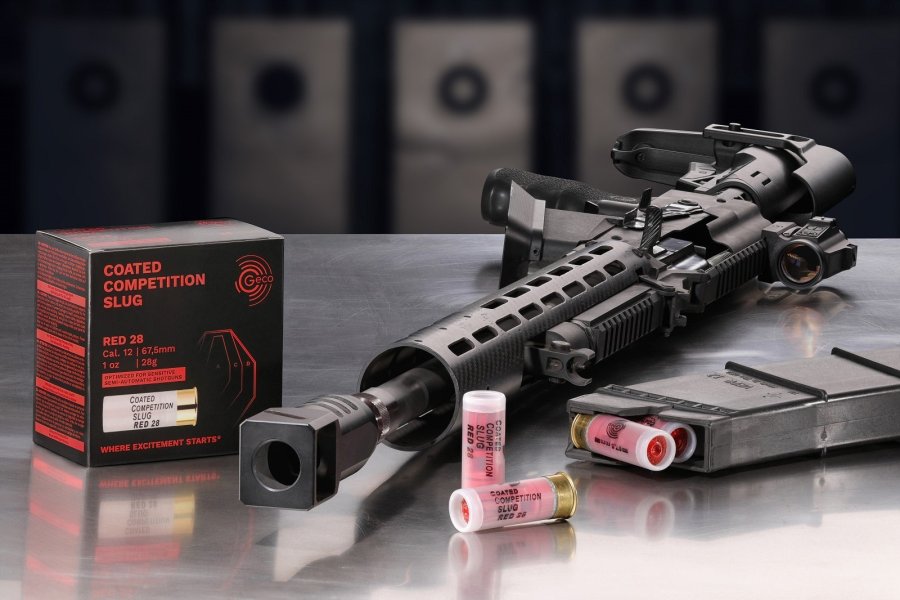
In the Open Division, semi-automatic shotguns in 12/70 and 12/76 with box or tubular magazines equipped with a red dot sight and compensator predominate. They must not exceed a length of 1,320 mm. Even rotary and/or multiple magazine tubes as well as weights and other external attachments to reduce recoil are permitted.
Shotgun Standard Division
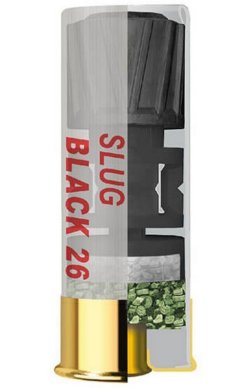
"Standard" here means that it must be a series-produced model that has been manufactured in at least 500 units. The semi-automatic shotguns with tubular magazines predominantly used in the Shotgun Standard Division must therefore not have a muzzle attachment. Incidentally, there are no specifications regarding the action for "Open", "Modified" and "Standard", meaning that you could also compete with a manual-action shotgun, although you would then be at a disadvantage from the outset compared to shooters with semi-automatic shotguns because the semi-automatic action of autoloaders reloads more quickly.
Shotgun Modified Division
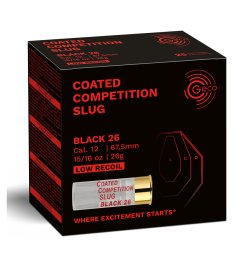
This division is the division of semi-automatic shotguns with extra-long tubular magazines (box magazines are prohibited), with compensators and mechanical sights. Like the shotguns in the Open Division, these guns may be a maximum of 1,320 mm long. While almost everything is permitted in the Open Division, there are detailed regulations regarding gun technology in the complex set of rules. For example, "modified shotguns" may also have modifications or additions to the magazine tube lifter in order to facilitate the loading process. However, these modifications or additions may not exceed a length of 75 mm and may not protrude more than 32 mm in any direction from the standard frame of the shotgun.
Standard Manual Division
Here, too, the focus is on standard shotguns with a minimum production run of 500, but now manual-action shotgun. While the Open Division is dominated by semi-automatic shotguns with quick-change box magazines and the Modified and Standard Divisions are dominated by semi-automatic shotguns with tubular magazines from Benelli, the Shotgun Manual Division is the home of classic pump-action shotguns such as the Mossberg 500, Remington 870 or Winchester 1300. However, those who would enjoy it could also compete with a break-barrel shotgun, whose barrel pair holds just two cartridges.
The five current variants of GECO shotgun shells for IPSC
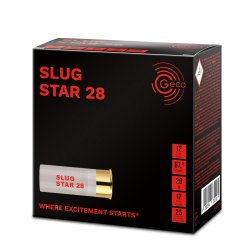
Depending on the desired effect on the target (and the target for the respective stage), different cartridges can be used in IPSC shotgun shooting, which best fulfil the task due to their respective load. This is because the course is shot at paper targets with zones of different values as well as poppper targets that have to be knocked down. The first choice is between compact, coated shotgun slugs which GECO offers in two weights: the 26-gram GECO Coated Competition Black and the slightly heavier GECO Coated Competition Slug Red with a 28-gram slug. Stefan Rumpler explains the differences: "In my Benelli M2 SP, the lighter 26-g Slug Black shoots hole in hole and the 28-g Red does the same in my Armsan RS-S1 Open shotgun. Both work flawlessly in both guns, but there are differences in shooting performance due to the different barrel geometries." As a novelty, GECO now also offers an uncoated and cheaper training version, the GECO Slug Star (see table).
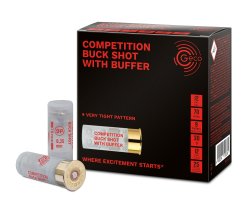
The classic buckshot cartridge, also familiar to hunters, appears in IPSC in a modern form as the GECO Coated Competition Buck Shot with buffer, with a total shot weight of 27 grams, consisting of eight lead pellets, each with a diameter of 8.25 mm. Stefan Rumpler comments: "A tight and, above all, consistent and repeatable pattern is absolutely essential in order to achieve good results for IPSC during a stage. The GECO Buck Shot delivers exactly that: this ammunition is characterised by absolutely reliable function and a predictable pattern."
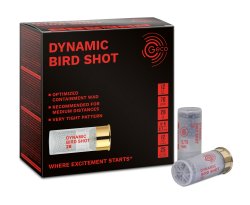
At first glance, there are also "normal" shotgun shells in the sports cartridge range, but optimised for IPSC: the GECO Dynamic Bird Shot. Stefan Rumpler on the recently modified cartridge: "We have optimised our GECO Bird Shot ammunition primarily for better function in semi-automatic shotguns with box magazines, without compromising its use in classic shotguns with tubular magazines. The new Bird Shot cartridges are now in 12/70 gauge, have 28 grams of 2.7 mm lead shot and a corresponding plastic cup with an adapted powder charge for gentle recoil behaviour. The longer 12/70 case (previously 12/65) ensures better feeding in box magazine shotguns and enables a plastic cup that can guide the pellet swarm in a controlled manner and cushion the recoil impulse somewhat better. The load represents the optimum compromise between cover, energy on the target and recoil behaviour and is ideally suited for use in IPSC sport."
GECO shotgun shells for IPSC: technical specifications
| Cartridge Name | Bullet Weight | Gauge | V0 |
| Slug Star | 28 g | 12/67.5 | 410 m/s |
| Coated Competition Slug Black 26 | 26 g | 12/67.5 | 455 m/s |
| Coated Competition Slug Red 28 | 28 g |
12/67.5
| 420 m/s |
| Buck Shot with 8 lead pellets of 8.25 mm each | 27 g | 12/70 | 395 m/s |
| Dynamic Bird Shot shot 2.7 mm | 28 g | 12/70 | n.d. |
Further links about IPSC shotgun shooting
GECO website with much more information about shotgun shells.
Two portraits of Stefan Rumpler on all4shooters.com and in GECO World.


